Program Offers Entrepreneurial Guidance, Knowledge and Mentorship for those in Field
Leaders of early-stage life sciences and technology companies can take advantage of a High-Tech Center for Entrepreneurial Leadership (CEL) program that will begin in March 2013.
Now in its third year, the High Tech CEL is a collaboration between the Center for Entrepreneurial Leadership (CEL) in the University at Buffalo School of Management and UB’s New York State Center of Excellence in Bioinformatics and Life Sciences.
With funding from a number of sources, including an Economic Development Administration grant and an award from UB’s “E Fund,” the program’s mission is to help participants build a strong management team and develop an individualized pathway toward commercialization.
Participants of the 10-week program meet for two hours a week, covering a range of topics, including commercialization strategies, finance issues, intellectual property, FDA regulations, investor relations, sales and marketing, and more.
“The High-Tech CEL is a unique opportunity for entrepreneurs to build their business skills, gain hands-on experience, and learn from other professionals who understand the challenges they’re facing,” said Thomas Ulbrich, executive director of UB’s Center for Entrepreneurial Leadership.
“This program is greatly beneficial for those whose firms are in the initial phase of taking their work from the lab to the market,” said Marnie LaVigne, PhD, associate vice president of economic development at UB. “It incorporates key high-tech business topics into the strength of the time-tested CEL program that has helped hundreds of traditional businesses in the region grow since 1987.”
Case studies, roundtables, panel discussions and lectures make up the curriculum, and each participant is partnered with a seasoned, successful entrepreneur who is attuned to the issues that influence business decisions. These mentors guide, advise and support participants throughout the program to help them achieve specific objectives.
The High-Tech CEL program is engaging and interactive and focuses on the importance of initiating and nurturing relationships between early-stage companies and leaders in the Buffalo-Niagara life science and technology ecosystem by providing structured networking opportunities throughout the duration of the program.
Charles d’Estries, director of SciBiz International Inc., will moderate the program. He provides business development consulting for entrepreneurs in the life sciences and high-tech fields, particularly those in the early stages of business.
Program cost is $995 per participant, and consecutive participants from the same company can attend at a 50 percent discount ($497).
To learn more or wp-contently, contact the CEL at 716-885-5715 or mgt-cel@buffalo.edu.
The mission of UB’s New York State Center of Excellence in Bioinformatics and Life Sciences (COE) is to study the mechanistic processes involved in human disease with the goal of developing diagnostics tools and therapeutic interventions, preventative treatment and other disease management devices and processes to improve the health and well-being of the population. This scientific mission is balanced by the COE’s responsibility to act as a facilitator of economic development in Upstate New York by building and supporting partnerships between academia, industry and government. More information is available at http://www.bioinformatics.buffalo.edu.
The UB School of Management is recognized for its emphasis on real-world learning, community and economic impact, and the global perspective of its faculty, students and alumni. The school has been ranked by Bloomberg Businessweek, the Financial Times, Forbes, U.S. News & World Report and The Wall Street Journal for the quality of its programs and the return on investment it provides its graduates. For more information about the UB School of Management, visit http://mgt.buffalo.edu.
Jacqueline Ghosen, UB School of Management; ghosen@buffalo.edu; 716-645-2833

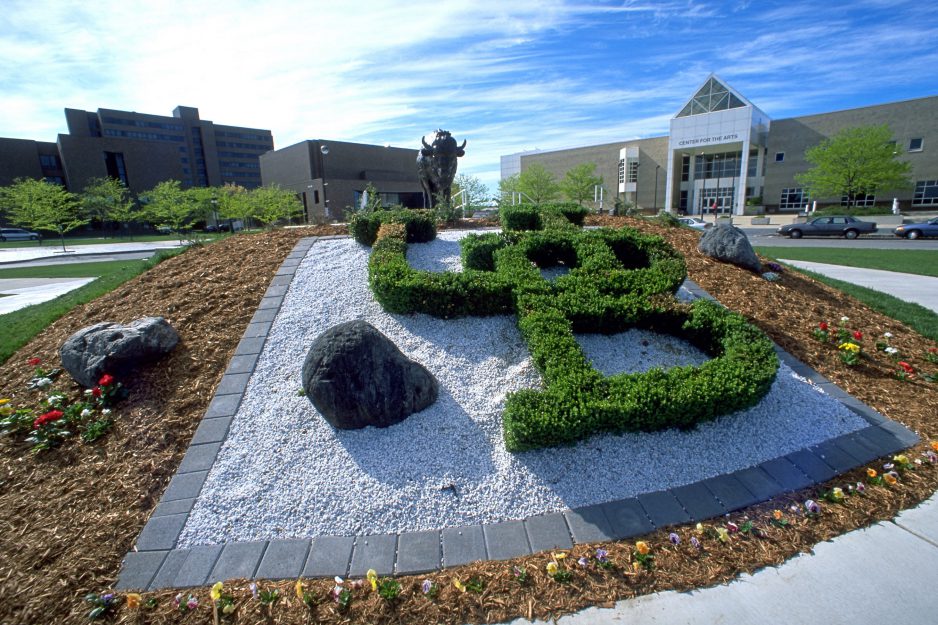



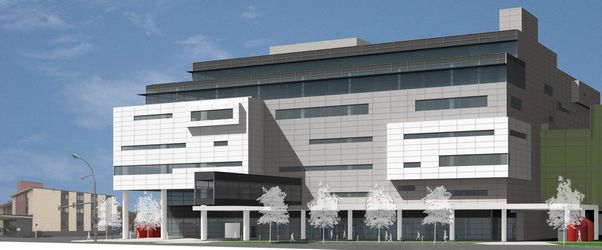

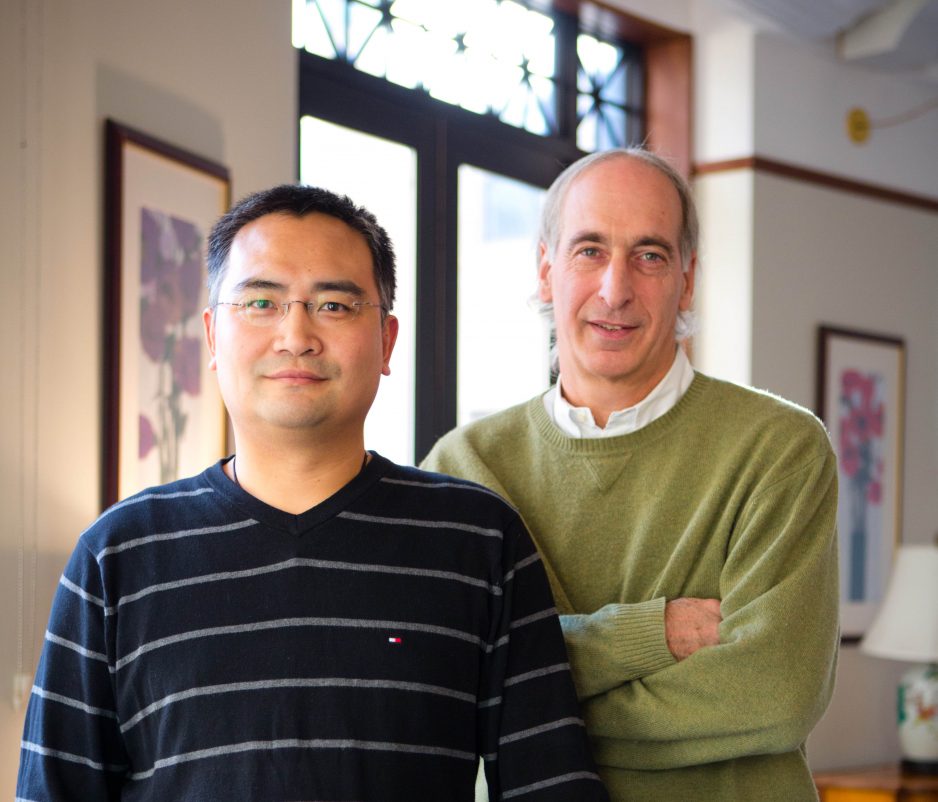





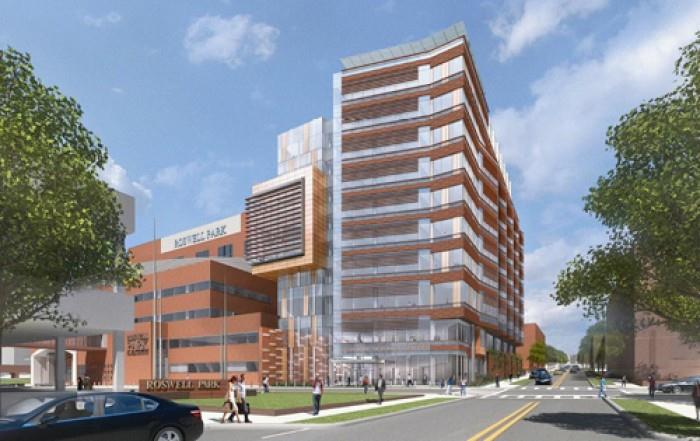

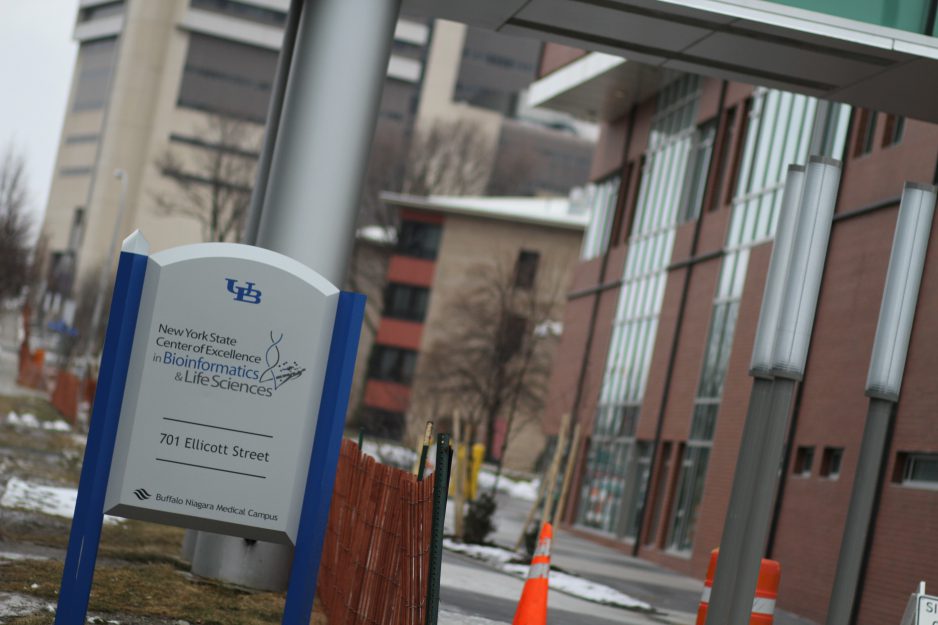


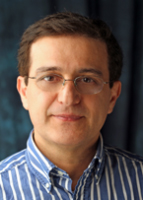

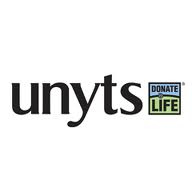




![[ photograph ]](http://www.buffalo.edu/news/thumbnails/J-Craig-Venter-UB.jpg)







